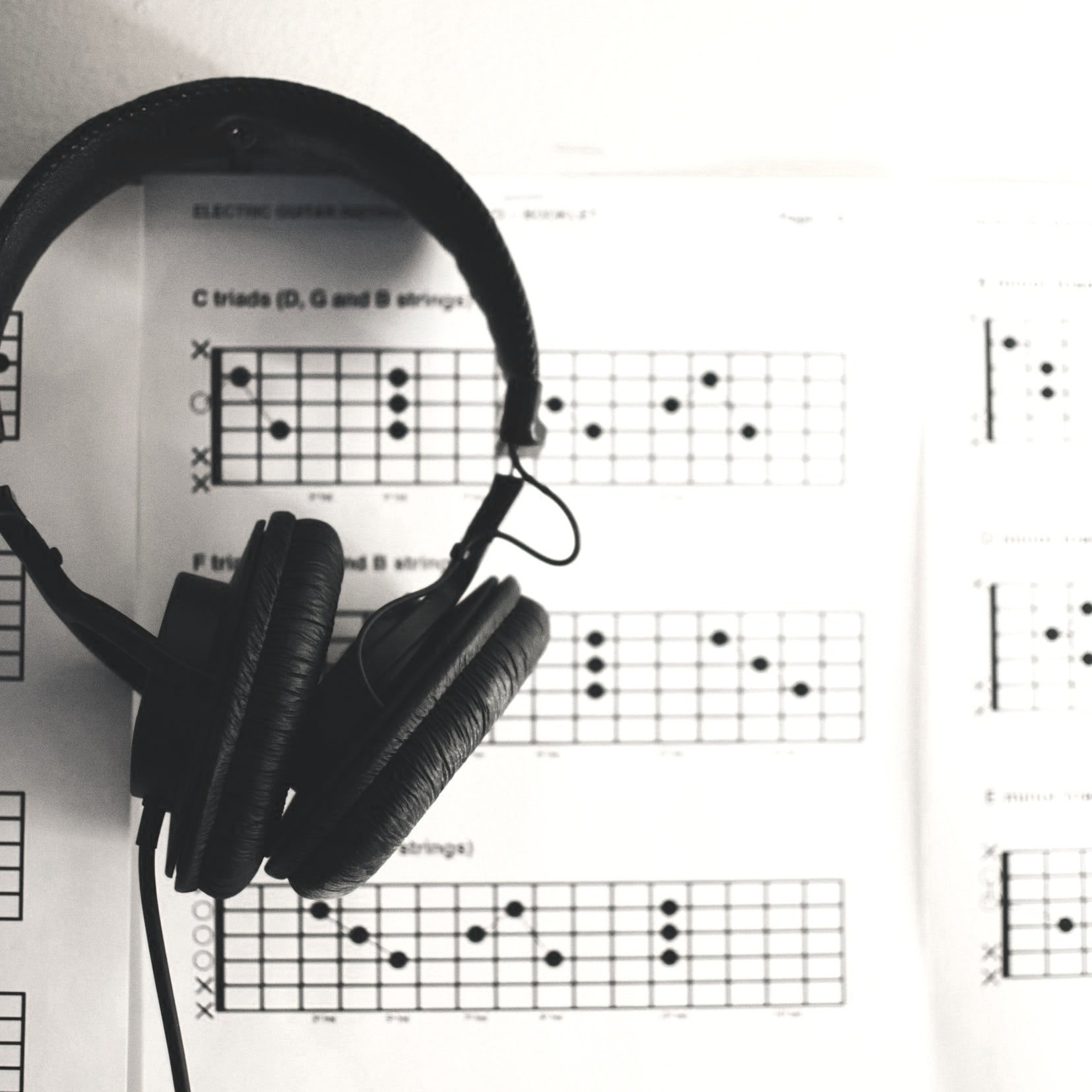
How do I create a narrative podcast?
Or, how do I create a scripted podcast? It’s just these three things:
This is over-simplifying, but it really comes down to this: a narrative, or scripted, or story podcast…
tells a story
follows a written script
includes careful audio editing
But what is a story, you ask? Well at its simplest, it’s a character, a setting, a conflict, and resolution (we cover this in module two of the course). A story goes somewhere, changes someone, pulls you in and makes you want to know how it’s going to turn out. Stories have direction — which is a key difference from unscripted or interview podcasts, for example: they can be interesting, they can dive into a topic, they can convey valuable information and the speaker’s personality — but that’s not the same as a story. (And yes, if you’re asking, interview clips can be part of the story in your narrative podcast — but they will be edited, as we’ll discuss below.) Drilling into these core story elements is a critical part of the course.
So then, when you have your story idea, then it’s time to write your script. We do a lot of scriptwriting exercises in the course, and approach it a lot of different ways, because there are no two ways about it: writing can be hard. It’s time-consuming to do well, which is why so many podcasters don’t do it. And then after you’ve written, revised, and recorded your script, you’re only partway done with creating that narrative podcast episode! It’s a ton of work! Now you have to do audio editing — a lot of it.
For a 15-minute piece like our course intro, we usually spend two hours or more just taking out all the extra pauses, breaths, mouth noises, and mumbles from our voiceover. We’ll spend another few hours putting in music and adjusting volume levels, because even if that song just slaps, you don’t want it to overpower the voiceover. (We get into that with a lesson in module 12 that you won’t find anywhere else, about visual design principles that also apply to sound design.)
All told, a “quick” narrative podcast episode (like this teaser for our “great sound” module) might take us 20 hours to produce.
So what makes narrative podcasting worth it?
As screenwriting guru Robert McKee talks about (one of the many experts we refer to in the curriculum), a great story lifts us outside of time. And a great story podcast begins with a script, so we spend a lot of time on scriptwriting and editing in the course. But in audio storytelling, as opposed to print, a great story also means great sound quality: home recording studio best practices, pro voiceover tips, and then careful editing so there’s nothing distracting the listener from what you’re saying. (Yes, there’s a lot of material on voiceover, audio editing, and sound design.)
But that’s on the listener side; as we talk about in the course FAQs, making any podcast can help you find, and embrace, your literal and figurative voice. And doing any sort of creative writing can help you make sense of the world, connect with others, understand your past, process old trauma, earn money, get famous, or touch on any of the myriad motivations for doing creative work (we get into this more in module 1 of the course, Why create?).
But after making 200 episodes of our narrative podcast Shelter in Place, we can say definitively that there is a special degree of pride, of self-awareness, and connection with others that only comes with making a high-quality scripted or story-based podcast. It’s a rigorous, painstaking, often-exhausting process — and we wouldn’t trade any of it!
That’s the love we have for this genre, the conviction we bring to the podcasting curriculum for the course, and the enthusiasm we bring to our coaching sessions. We cover each of these elements extensively in our course, and also provide writing exercises, templates, and exclusive discounts on audio editing and gear to help you practice!
We hope this has been a helpful overview of how you create a narrative podcast, and we’d love to help you create your own.
P.S. Are you actually more interested in being a story editor rather than writer? Perfect! We have a workshop for that too. Or if you are making an interview show, some of these same lessons apply — check out the blog post here.
So what do our narrative podcasts actually sound like? Here are two great places to start: the season three trailer, and our 200th and finale episode, where listeners from around the world — and each person on our team — reflected on what Shelter in Place had meant to them the past two years.









